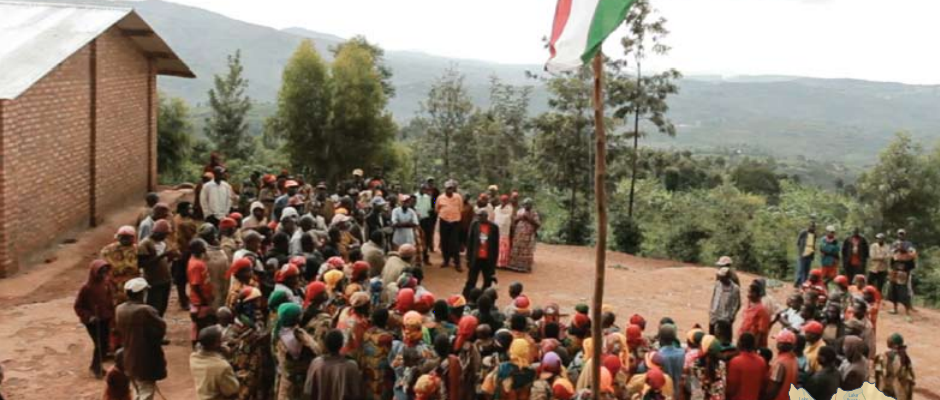
Mobilizing all levels of government has long been recognized as a vital tool in climate action. Yet even though the theory of fiscal federalism provides clear guidelines on designing intergovernmental cooperation, many countries around the world have failed to engage their subnational governments (SNGs) in the climate fight.
Part of the reason – and the starting point of World Bank’s Subnational Governance and Decentralization Global Solution Group’s work on decentralization and climate change – is that both the theory and practice of climate change and decentralization have suffered from a partial and fragmented approach that undermines the comprehensive and strategic sequencing required for subnational climate action.
Two recent background notes examine the role of intergovernmental fiscal and administrative systems in subnational climate action.
In “Adapting Fiscal Decentralization Design to Combat Climate Change”, Jorge Martinez-Vazquez examines how the principles of fiscal decentralization design can be adapted to successfully engage subnational, local, provincial or municipal governments in fighting climate change. Martinez-Vazquez analyzes the four pillars of fiscal decentralization architecture: the assignment of functional expenditure responsibilities, the assignment of tax and other revenue sources, the systems of intergovernmental transfers, and subnational credit and borrowing.
There are significant variations in how countries organize the division of responsibilities regarding policies and programs to fight climate change. Although some countries provide the central government with exclusive responsibility for these tasks, a greater number of nations assign joint responsibility to the central government and to the SNGs. Allowing subnational units to exceed national targets is a superior approach because it is best adapted to the peculiarities of climate change policies in a multilevel government setting.
In terms of raising revenue, green taxation remains at very low levels in most countries around the world, which provides ample space for both central governments and SNGs to make much more extensive use of this type of levy. In fact, providing SNGs with greater green tax autonomy can be a desirable way to close vertical fiscal imbalances. Martinez-Vazquez’s review of country practices with green subnational levies describes many different tax instruments, charges and levies that SNGs can use.
Intergovernmental fiscal transfers are likely the most suitable financing instrument for decarbonization and adaptation programs. Conditional grants, for recurrent and capital expenditures, are generally well equipped for designing and implementing climate-specific transfers to SNGs. Conditional transfers can be used to compensate local jurisdictions for internalizing different types of externalities, to incentivize different conservation activities, to promote energy efficiency or to introduce land-use restrictions to prevent flooding damages.
Finally, local borrowing can be a powerful financing instrument to enable SNGs to invest in infrastructure projects for decarbonization and adaptation activities. Provided that borrowing is prudent and within bounds, this form of financing is in general desirable from both efficiency and equity perspectives. These conclusions hold even more true for funding green infrastructure investments. The most encouraging recent development has been the introduction of green bonds (also known as climate bonds). These instruments often offer tax advantages, such as exemptions and credits, making them more attractive to investors relative to other types of bonds, while they are backed by the full faith and credit of the issuing SNG government.
Intergovernmental relations have both fiscal and administrative dimension. Both functions are essential to subnational climate action and must be considered together, along with political considerations, in designing policies and support. In “Administrative Decentralization and Climate Change: Concepts, Experience, and Action”, Paul Smoke and Mitchell Cook focus on climate action at the subnational government level through administrative decentralization and intergovernmental collaboration. They review the thinking and lessons drawn from literature on decentralization, climate change, and disaster management, among other related topics, to identify ways that administrative functions can support subnational climate action. They identify four categories of administrative functions: regulatory, operational, information and analytics, and collaborative governance. They offer general guidance on assessing the prospects for enhancing and supporting subnational administrative action on climate change.
This blog was originally posted on World Bank blogs by Serdar Yilmaz, Lead Public Sector Specialist in the Governance Global Practice at the World Bank, and Petar Georgiev Stoykov, consultant in the Governance Global Practice at the World Bank. Both authors are members of the Local Public Sector Alliance Advisory Board.
Photo credit: Wind Farm Cambridgeshire. Used under Creative Commons license (CC BY 2.0).



